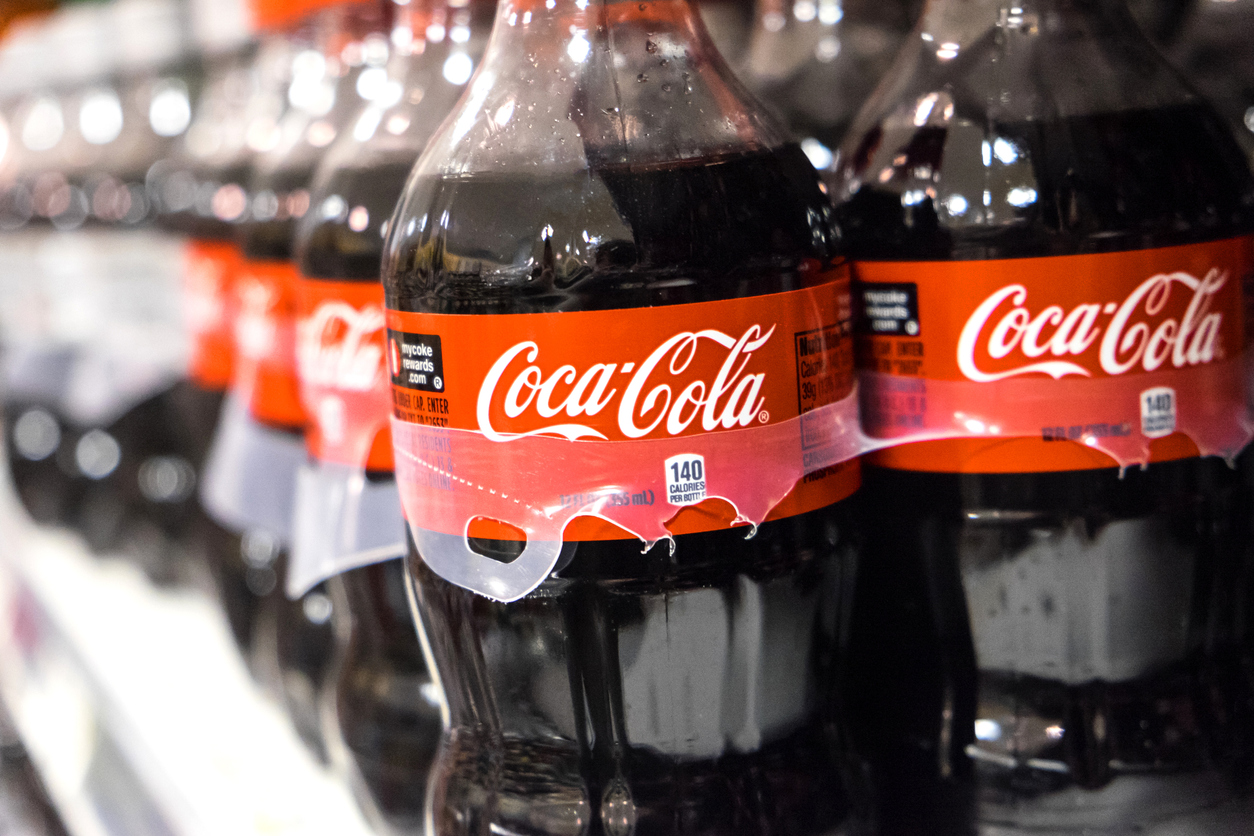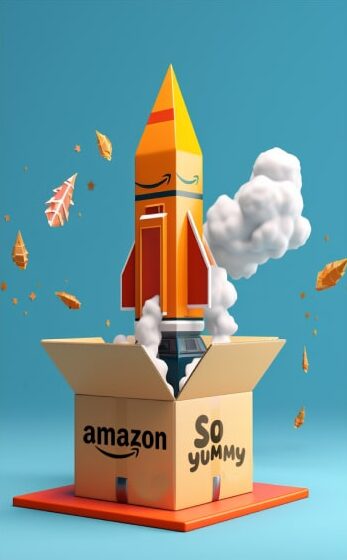It may be an unhealthy food habit, but I always have Diet Coke in the house. While I normally limit myself to a can or two per day, at one point it could have been considered my primary beverage. But even though I’ve been around it for a majority of my life, I wouldn’t have been able to tell you what the small print on the bottom of each and every can meant.
Sure, it makes sense that the numbers will give you a good idea of whether or not the soda is set to expire. And yes, soda can expire. However, it’s likely not all that harmful to drink it unless the can is rusted, opened, or punctured. It just won’t have that same crisp flavor you’re used to.
But for Coca-Cola, there’s more to it than that. According to their blog, you can also find out where it was made and where the ingredients were sourced.
This is valuable information, especially in regards to food safety.
You’ve probably been a bit more cautious with the food you’ve purchased recently. This past year, it seems like nothing has been safe. Romaine lettuce was under the microscope for months, but even pre-packed snacks and crackers faced unsettling recalls.
Speaking of romaine, you may remember that romaine harvested from select locations was cited as being safe to eat. Based on the information health officials had, it was obvious as to where the tainted produce was coming from.
4 more people died from the E. coli outbreak linked to romaine lettuce from Yuma, Arizona. 25 more people have been taken ill.
— AJ+ (@ajplus) June 1, 2018
The outbreak has affected 197 people across 35 states, and killed 5. pic.twitter.com/1t2pOu5Zhd
Which was wonderful news for Caesar salad fans. The FDA told consumers that it’d be wise to always check the labels of your produce, in order to gain information on where it was harvested.
“Romaine lettuce that was harvested outside of the Central Coast growing regions of northern and central California does not appear to be related to the current outbreak,” FDA commissioner Dr. Scott Gottlieb said in a statement back in November.
So, by coding soda, it’s almost like Coca-Cola is taking that step for us. By learning about where the ingredients came from, we can drink our soda with a bit more confidence.
“Being able to trace everything in our products and having 100% confidence in the quality of our ingredients is one of the most important missions we have,” wrote Irial Finan, who serves as the executive vice president of The Coca-Cola Company. Who knew they were on top of this all along?
The bottom of a Coke can and the hidden message it carries: http://t.co/eezc4Uua0G #CokeJourney ^MP
— The Coca-Cola Co. (@CocaColaCo) November 18, 2014
In Finan’s mind, traceability is highly important. “Consumers have a very high expectation from us and our own expectations must be even higher,” Finan added.
Interested in learning how to read them? First, flip your can of Coke over (and try not to get soda droplet remainders on your keyboard, as I did just now.)
The expiration date is listed first. The format is a standard mm/dd/yy format, which will tell you when you’re out of the window of your Coke tasting its best.
The rest of it? You might not know, but Coke does.
Drank a Caffeine Free Diet Coke. Expiration date: August 13, 2007. It should have turned into alcohol by now! Had a funny aftertaste.
— Ross like on Friends (@mnrmg) March 15, 2009
The codes are so genuine that they aim to single out the farm in which the sugar came from. So, if someone notices a soda that tastes a little off, that code will tell Coca-Cola everything it needs to know.
In Coca-Cola’s eyes, the rest is only interesting for those who “know the value of traceability.”
It’s likely that each supplier has its own code. For example, the code on the bottom of my current Coke says BTE.

Karen Belz / So Yummy
It makes you realize that all food should have a similar tracking element to it. Many products do, which is why specific lots of products often get called out in a recall.
Surely there’s been a time when you’ve been matching UPC labels with a recalled product from the news. (Even though in all honesty, if you hear there’s been a Goldfish recall, you’ll probably just ditch all of your Goldfish.)
rainbow goldfish recall. pic.twitter.com/PDReBQ8gps
— Joan Wayne Gacy (@adolfhepburn) October 5, 2015
Still, it’s kind of interesting to know there’s a secret code language at Coca-Cola that might change up the second they start using a new supplier. And it’s such a small detail that you may not have realized before.
Next time you drink a Coke, you might want to keep track of its history. Even if it’s tough to identify what some of the codes are, you can at least figure out whether or not your sodas are “related.”

